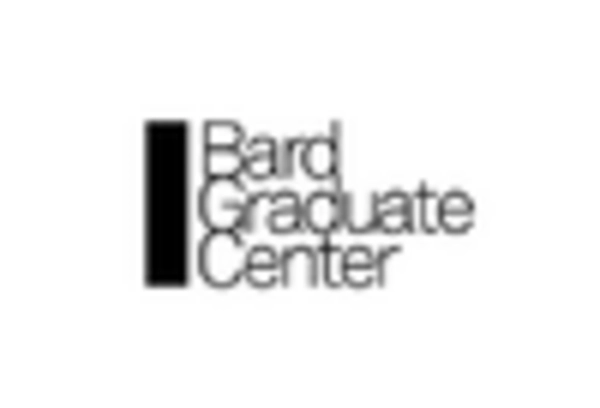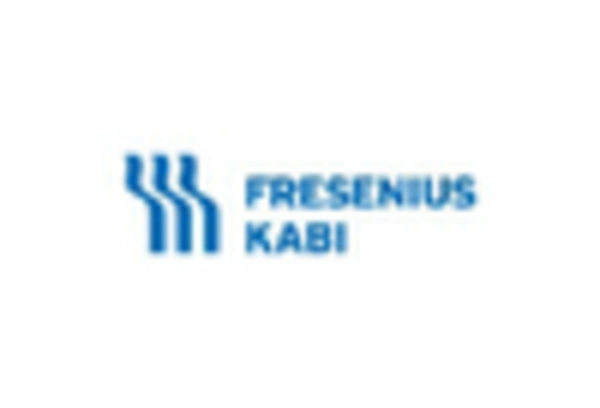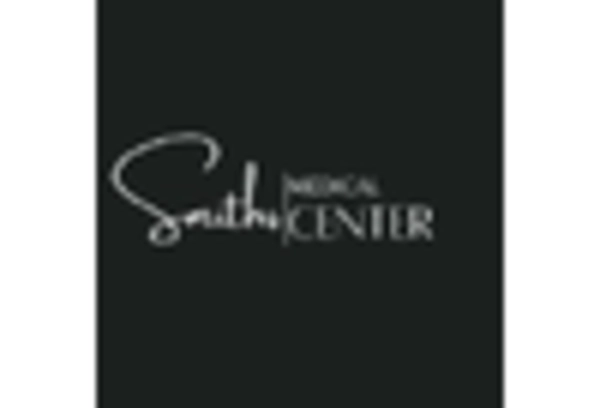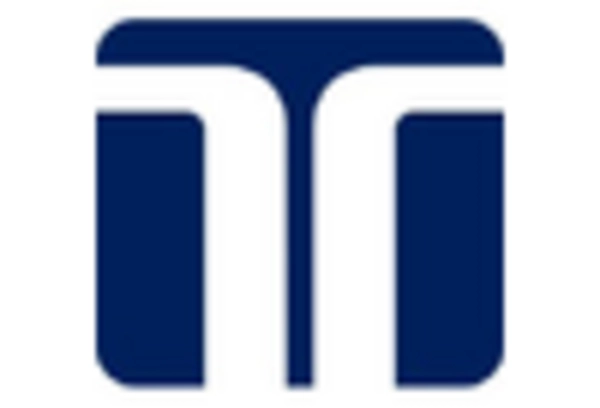Rising Incidence of Chronic Diseases
The increasing prevalence of chronic diseases in Germany is a pivotal driver for the catheter securement-device market. Conditions such as diabetes, cardiovascular diseases, and renal disorders necessitate frequent catheterization, thereby elevating the demand for securement devices. According to recent health statistics, approximately 30% of the German population is affected by chronic illnesses, which underscores the need for effective management solutions. This trend is likely to propel the market forward, as healthcare providers seek reliable and efficient securement devices to enhance patient care and minimize complications associated with catheter use. The catheter securement-device market is expected to witness substantial growth. This growth will occur as healthcare systems adapt to these rising demands, ensuring that patients receive optimal treatment and care.
Increasing Focus on Infection Control
The heightened emphasis on infection control within healthcare settings is a crucial driver for the catheter securement-device market. In Germany, healthcare facilities are implementing stringent protocols to reduce hospital-acquired infections, which are a significant concern associated with catheter use. The introduction of securement devices designed to minimize infection risks is becoming increasingly important. Recent studies indicate that the use of advanced securement devices can reduce infection rates by up to 25%. This focus on infection prevention is likely to drive demand for innovative catheter securement solutions, as healthcare providers prioritize patient safety and quality of care. Consequently, the catheter securement-device market is expected to grow as facilities adopt these advanced solutions to enhance their infection control measures.
Technological Innovations in Medical Devices
Technological advancements in medical devices are significantly influencing the catheter securement-device market. Innovations such as advanced adhesive materials, adjustable securement systems, and integrated monitoring technologies are enhancing the functionality and safety of catheter securement devices. In Germany, the medical technology sector is projected to grow at a CAGR of 5% over the next five years, driven by these innovations. Manufacturers are increasingly investing in research and development to create products that not only secure catheters effectively but also improve patient comfort and reduce the risk of infections. As these technologies become more prevalent, the catheter securement-device market is likely to expand, offering healthcare providers a wider array of options to meet their patients' needs.
Regulatory Support for Medical Device Innovation
Regulatory frameworks in Germany are increasingly supportive of innovation in the medical device sector, which serves as a driver for the catheter securement-device market. The German Federal Institute for Drugs and Medical Devices (BfArM) has streamlined approval processes for new medical technologies, encouraging manufacturers to develop advanced securement devices. This regulatory environment fosters innovation, allowing for the introduction of safer and more effective products. As a result, the catheter securement-device market is likely to benefit from a surge in new product launches, enhancing competition and providing healthcare providers with a broader selection of securement solutions. The proactive stance of regulatory bodies may lead to improved patient outcomes and increased market growth.
Aging Population and Increased Healthcare Expenditure
Germany's aging population is a significant driver for the catheter securement-device market. As the demographic shifts towards an older population, the demand for medical interventions, including catheterization, is likely to rise. The elderly are more prone to chronic conditions that require catheter use, thus increasing the need for securement devices. Furthermore, the German government has been increasing healthcare expenditure, which is projected to reach €500 billion by 2026. This financial commitment is expected to enhance the availability and accessibility of advanced medical devices, including those in the catheter securement-device market. As healthcare systems adapt to cater to an aging population, the market is poised for growth, driven by the need for effective and reliable catheter management solutions.

















Leave a Comment